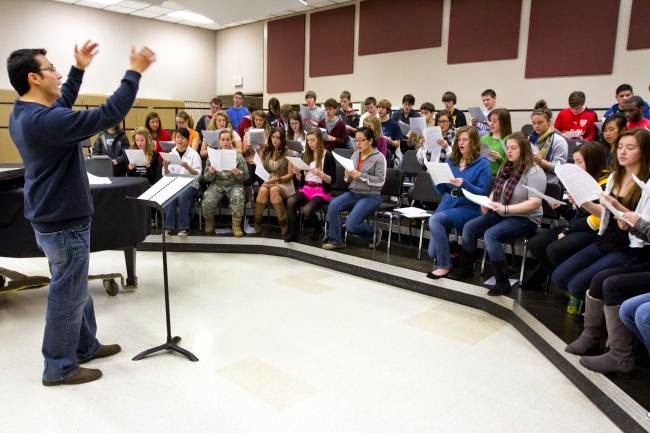Recently, I read a fantastic article by James Clear in which he describes how British cycling coach Dave Brailsford took a unique approach to improving the team’s performance:
His belief was that if you improved every area related to cycling by just 1 percent, then those small gains would add up to remarkable improvement.
They started by optimizing the things you might expect: the nutrition of riders, their weekly training program, the ergonomics of the bike seat, and the weight of the tires.
But Brailsford and his team didn’t stop there. They searched for 1 percent improvements in tiny areas that were overlooked by almost everyone else: discovering the pillow that offered the best sleep and taking it with them to hotels, testing for the most effective type of massage gel, and teaching riders the best way to wash their hands to avoid infection. They searched for 1 percent improvements everywhere.
Brailsford believed that if they could successfully execute this strategy, then Team Sky would be in a position to win the Tour de France in five years time.
He was wrong. They won it in three years.
The thought occurred to me– how often do I take this careful, long-term approach when planning and executing my daily rehearsals?
Let’s start with habits and procedures. All of my choirs start the same way– they come in, grab an iPad (“Step Inside Rehearsal of the Future”), go to the risers, look to the board to see what theory assignment to begin, and start practicing on Tenuto, a great theory app. Instead of trying to turn choir into AP Music Theory, I focus on heavy repetition of concepts before moving on to something new. By doing this, I only allocate 1-3 minutes of actual rehearsal time each day to this. However, the daily consistency reaps great progress– already, in the third quarter of the school year, my choirs can identify notes on each clef, identify all major and minor key signatures, visually identify interval size and quality, and aurally identify intervals. This is way more than they ever were able to do before, and with only a couple of minutes per day out of rehearsal.
Now, you may not have iPads in your choir rehearsal. Fair enough. Use partner games, worksheets, flash cards, or group activities. The important thing is to teach a small amount of material at a time and provide a LOT of repetition thereafter. 1 percent of successful theory adds up.
When was the last time you evaluated the efficacy of your warmup routine? In previous posts, I detailed the beginning, middle, and end of the warmup. My warm-up routine has several purposes:
- Physically engage the vocal mechanisms- larynx, diaphragm, intercostals, etc.
- Reinforce proper tonal placement and vowel shape
- Focus the individual singer mentally
- Build the choir’s sense of ensemble
In addition to these goals, I can’t waste time. Every second counts. If I can accomplish multiple goals in each warm up exercise, even better.
I’ll move on to the actual rehearsal in a future post. In the meantime, what are some strategies and procedures you use to effectively start your rehearsals? Share them in the comments below!


